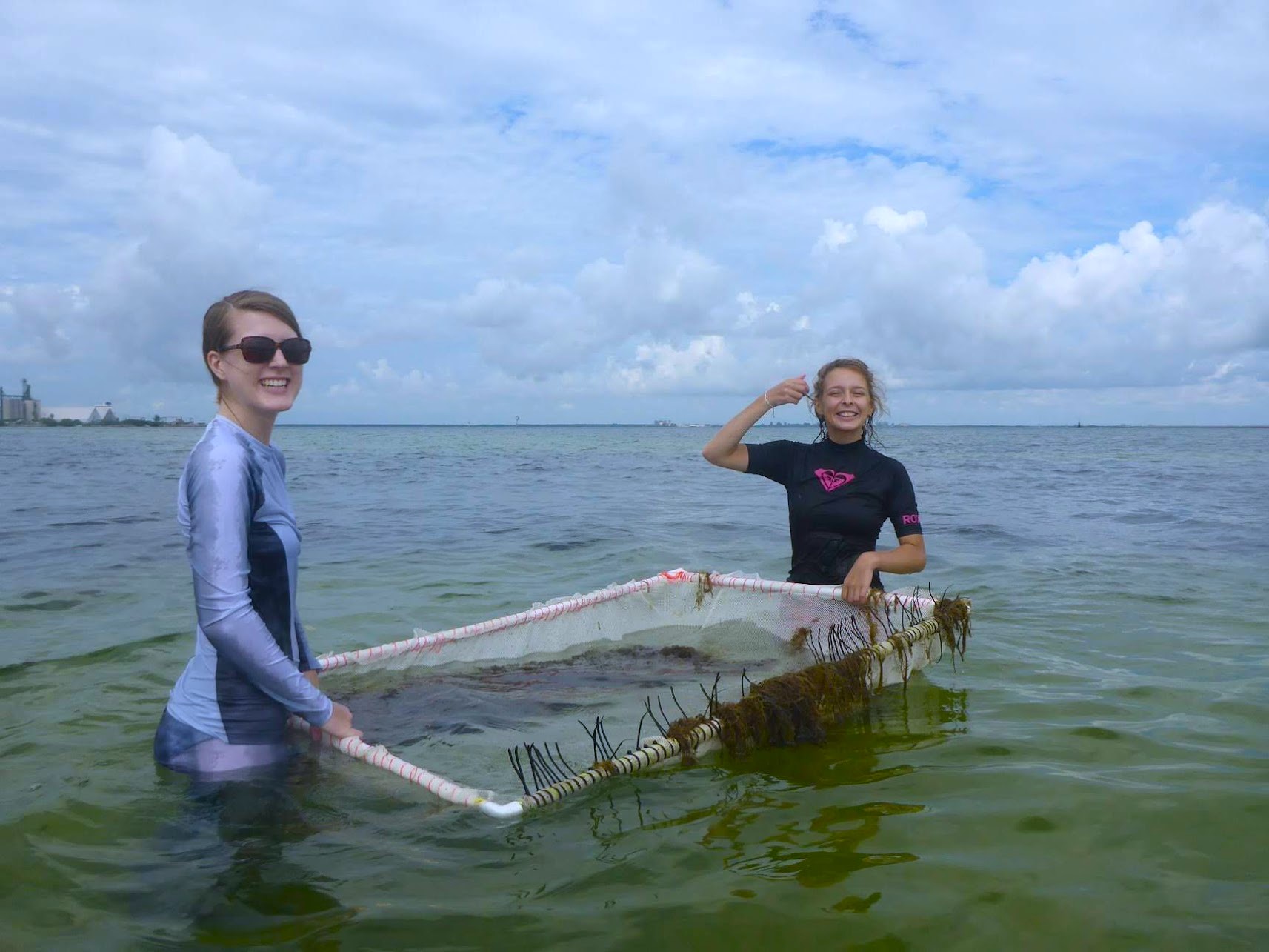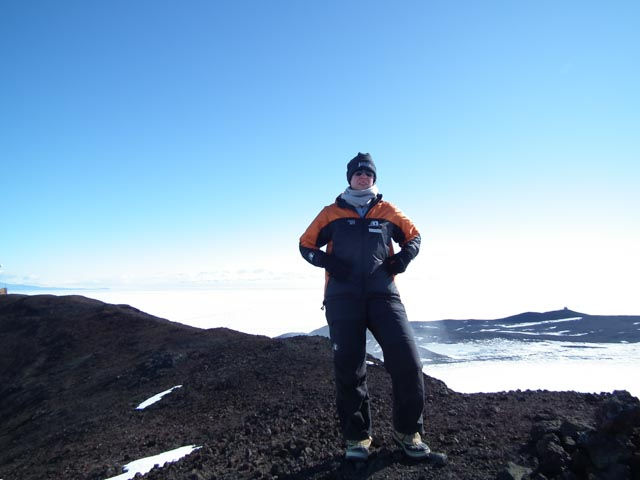Liu says with flooding becoming increasingly common, and pine slash - a waste product from commercial forestry that can be dislodged by moving water - causing issues, this study indicates there’s a real opportunity to use one challenging waste problem -pine slash - to fix another - silt-covered soils.
“We’ve looked at blending pine waste into finer sawdust particles and mixing them with the soil and some fertiliser to make the soil more porous - better for water drainage and for plants to grow,” Liu says. The results in a campus greenhouse show a large increase in soil fertility, and she says field testing is now required.
In the study, oats were planted in the soil which had been treated with pine sawdust and fertiliser. Oats are a popular green manure that improve soil texture and increase soil organic matter.
“Oats are really helpful for stabilisation of the soil structure,” Liu says. “We could immediately see the difference in the crops grown in pine sawdust mixed into the soil.”
Liu’s Supervisor UC Science Professor Brett Robinson says preliminary results are exciting.
“Pine slash is a current issue facing New Zealand and the rest of the world. To date, we know of no other reports detailing the rehabilitation of flood-deposited sediment using pine waste. We hope to take it to the next stage – field testing – soon,” he says.
This work would be conducted in collaboration with Dr Maria Jesus Gutierrez-Gines, a science leader at ESR (Institute of Environmental Science and Research) who has co-supervised Liu’s research. ESR has supported the research to date by providing technical time and analysis and organising the delivery of sediment from flood-affected Gisborne.
Professor Robinson says pine contains substances that are known to inhibit plant growth, but when applied in the trials to work on the structure of sediment or silt, it created the capacity for the soil to retain nutrients.
“Essentially it acts like a sponge and breaks down to humus which is beneficial to the soil.”
He is very impressed with his postgraduate student’s work. Born in China, Liu is now considering a doctorate in Environmental Science.












